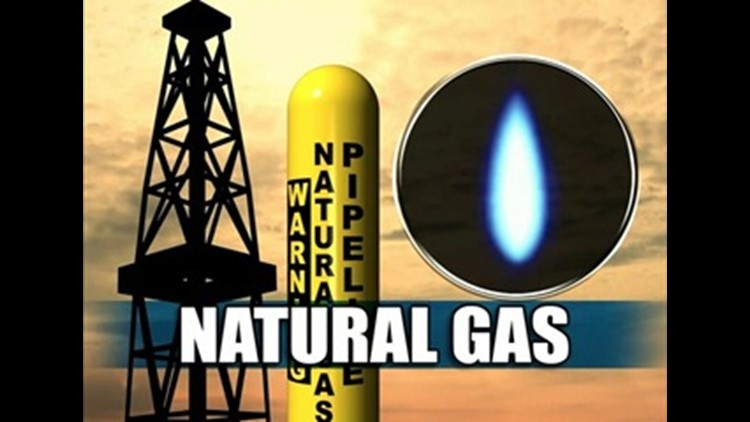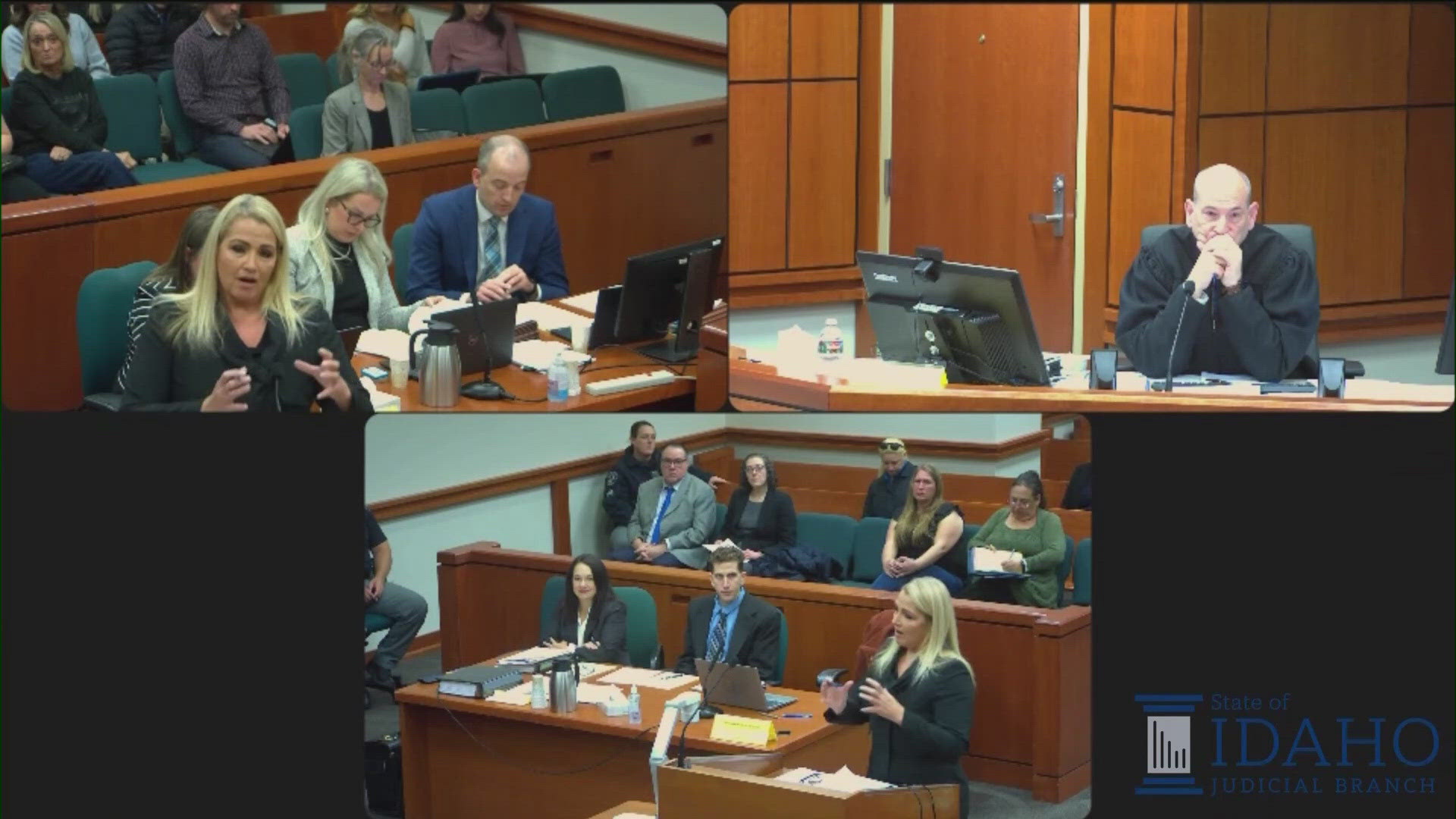BOISE, Idaho — Two environmental groups have given notice they intend to file a lawsuit to stop a proposed underground natural gas pipeline from Idaho to Wyoming the groups say will harm protected grizzly bears and other wildlife.
The Alliance for the Wild Rockies and Yellowstone to Uintas Connection sent a required 60-day notice to sue to the U.S. Forest Service and U.S. Fish and Wildlife Service this week.
The groups contend the Forest Service's approval of the pipeline project in November violated the Endangered Species Act.
The groups also say the 18-mile portion of the 50-mile pipeline would cut a corridor through the Caribou-Targhee National Forest and create a road through six Inventoried Roadless Areas.
The 2001 Roadless Rule prevents road construction and timber harvest in designated roadless areas, which are typically 5,000 acres or larger.
"That means motorized vehicles will use this corridor in perpetuity to maintain and inspect the pipeline and remove vegetation," said Mike Garrity, executive director of the Alliance for the Wild Rockies.
Sarah Wheeler, spokeswoman for the Caribou-Targhee National Forest, said the agency doesn't comment on pending litigation.
About 26 miles of the pipeline crosses private land and about 4 miles crosses state land.
Wyoming-based Lower Valley Energy wants to build the pipeline that would start near Montpelier in southeastern Idaho and run to Afton, Wyoming. The company on its website says it has some 5,000 natural gas customers in Afton. It has been trucking natural gas to the town, but officials say delivery has been unreliable and the town has nearly run out several times.
Lower Valley Energy spokesman Brian Tanabe didn't immediately return a call for comment on Friday.
The environmental groups say the pipeline will also harm Ute ladies' tresses orchid and yellow-billed cuckoo, which are also on the Endangered Species List. The groups also say lynx and wolverine, which are candidates for listing, could be in the area.
Specifically, the Forest Service gave the OK to build the pipeline through the forest with a temporary 50-foot wide right-of-way for construction and then a 20-foot utility corridor as a permanent right-of-way. In all, the construction phase would use about 110 acres of forest land and the permanent right-of-way about 45 acres.
"The federal taxpayers who own these public lands are subsidizing the profit margin of a private natural gas company at the expense of the ecological integrity of their public lands and wildlife," Garrity said.



